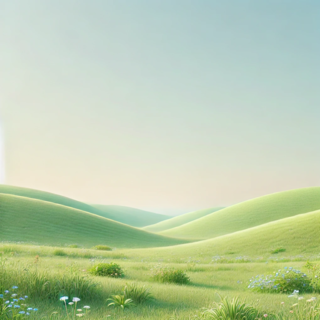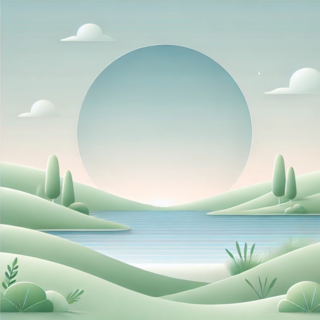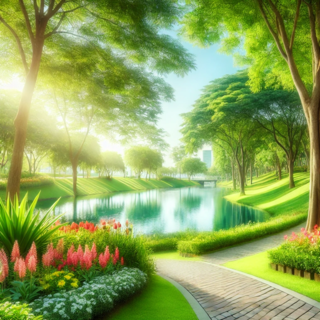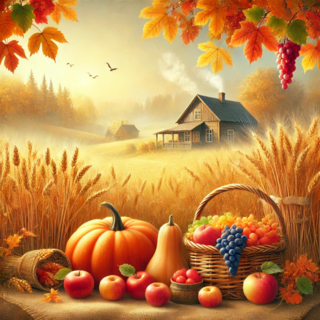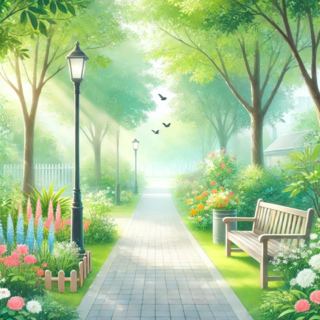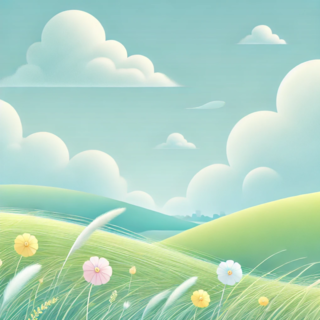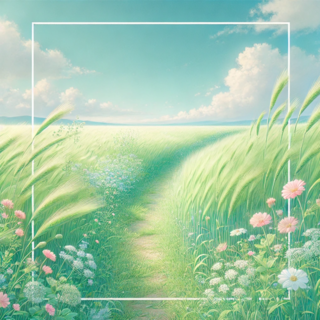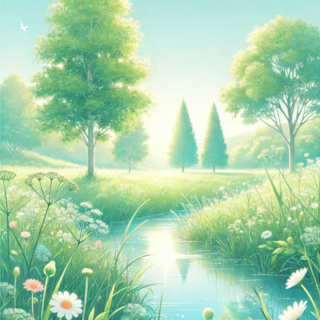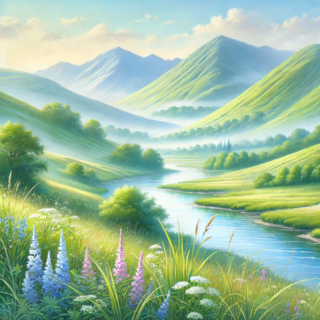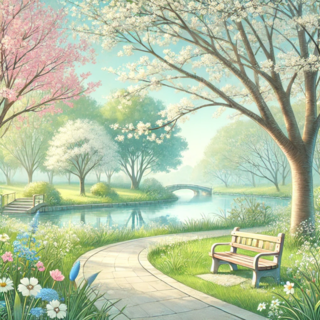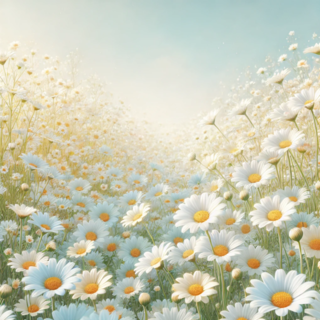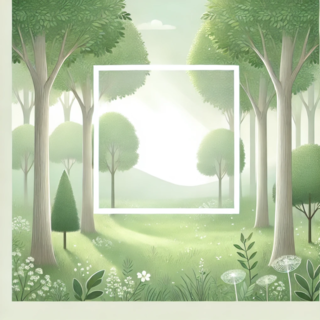未来科技感网页设计:扁平化与元宇宙的完美融合
在数字时代,随着技术的快速发展,网页设计也迎来了新的挑战和机遇。本文将探讨如何通过扁平化设计结合元宇宙概念,打造一个兼具未来感与功能性的网页平台,并深入解析相关的前端技术实现。
色彩搭配:营造沉浸式视觉体验
色彩是网页设计中最重要的元素之一。为了传达未来科技感,建议使用深蓝、紫色与银灰色为主色调,辅以亮橙和荧光绿作为点缀色。这种配色方案不仅能够突出主题,还能增强用户的沉浸感。
.background {
background: linear-gradient(135deg, #000046, #1cb5e0);
color: #ffffff;
}
.highlight {
color: #ff9800; /* 亮橙色 */
}
.future-text {
color: #32cd32; /* 荧光绿色 */
}以上代码展示了如何利用 CSS 的线性渐变来创建背景效果,同时通过不同的颜色类名设置高亮文本,提升页面的层次感。
排版设计:现代简洁的无衬线字体
为了确保排版的现代感和简洁性,推荐使用无衬线字体如 Roboto 和 Inter。标题部分可以采用加粗或较大的字号,正文则保持适中的大小,以保证信息的清晰传递。
body {
font-family: 'Roboto', sans-serif;
line-height: 1.6;
}
h1, h2, h3 {
font-weight: bold;
margin-bottom: 20px;
}
p {
font-size: 16px;
margin-bottom: 15px;
}通过上述代码,我们可以为整个页面设定统一的字体样式,并通过调整标题和段落的间距,优化阅读体验。
布局设计:模块化网格系统与响应式支持
采用模块化网格系统布局,可以帮助我们更有效地组织内容,尤其是在展示复杂的元宇宙和虚拟现实概念时。此外,响应式设计也是不可或缺的一部分,以确保在各种设备上都能获得良好的展示效果。
| 屏幕尺寸 | 最大宽度 | 网格列数 |
|---|---|---|
| 小屏(<768px) | 100% | 4列 |
| 中屏(768-1024px) | 90% | 6列 |
| 大屏(>1024px) | 80% | 12列 |
上表展示了不同屏幕尺寸下的布局策略。以下是一个简单的 CSS 示例:
@media (max-width: 768px) {
.container {
width: 100%;
}
}
@media (min-width: 768px) and (max-width: 1024px) {
.container {
width: 90%;
}
}
@media (min-width: 1024px) {
.container {
width: 80%;
}
}图标与图形:简约风格与抽象元素
在图标与图形的设计上,应遵循简洁明快的原则,避免过多的细节和阴影。可以使用六边形、立方体等几何图形,象征复杂性和无限可能。
.icon-shape {
width: 50px;
height: 50px;
background: #ffffff;
border-radius: 8px;
display: flex;
align-items: center;
justify-content: center;
box-shadow: 0 4px 6px rgba(0, 0, 0, 0.1);
}
.icon-shape::before {
content: '';
display: block;
width: 30px;
height: 30px;
background: url('hexagon.svg') no-repeat center;
background-size: cover;
}通过自定义伪元素,我们可以轻松地添加具有科技感的图标形状,同时保持样式的灵活性。
动画与互动:微交互动效提升用户体验
在设计中加入适度的微动画,可以显著提升用户的互动体验。例如,按钮悬停效果、页面切换的过渡动画以及动态粒子背景等。
.button {
position: relative;
padding: 10px 20px;
background: #1cb5e0;
color: #ffffff;
border: none;
cursor: pointer;
transition: all 0.3s ease;
}
.button:hover {
background: #000046;
}
.button::after {
content: '';
position: absolute;
top: 50%;
left: 50%;
transform: translate(-50%, -50%) scale(0);
width: 100%;
height: 100%;
background: rgba(255, 255, 255, 0.3);
border-radius: 50%;
animation: ripple 0.6s ease-out;
opacity: 0;
}
.button:hover::after {
animation: ripple 0.6s ease-out forwards;
opacity: 1;
}
@keyframes ripple {
0% {
transform: translate(-50%, -50%) scale(0);
opacity: 1;
}
100% {
transform: translate(-50%, -50%) scale(2);
opacity: 0;
}
}这段代码实现了按钮的涟漪效果,增强了用户点击时的反馈感。
视觉元素:抽象纹理与光影效果
引入抽象的科技纹理和虚拟网络结构,可以进一步强化设计的主题。通过高清的 3D 模型或插画,赋予页面更强的视觉冲击力。
.virtual-network {
position: absolute;
top: 0;
left: 0;
width: 100%;
height: 100%;
background: url('network-pattern.png') repeat;
opacity: 0.3;
z-index: -1;
}
.dynamic-light {
position: absolute;
bottom: 0;
right: 0;
width: 200px;
height: 200px;
background: radial-gradient(circle, #ffffff 10%, transparent 70%);
filter: blur(50px);
animation: light-pulse 3s infinite alternate;
}
@keyframes light-pulse {
0% {
transform: scale(1);
opacity: 0.5;
}
100% {
transform: scale(1.2);
opacity: 0.8;
}
}通过动态光影效果,模拟虚拟现实中的光线变化,使页面更具真实感。
总结
未来的网页设计需要兼顾美学与功能性,特别是在扁平化设计和元宇宙概念的融合下。通过精心选择色彩、排版、布局、图标、动画及视觉元素,我们可以打造出一个既富有未来感又实用的网页平台。希望本文提供的创意和技术实现方案能够为您的项目提供启发。
